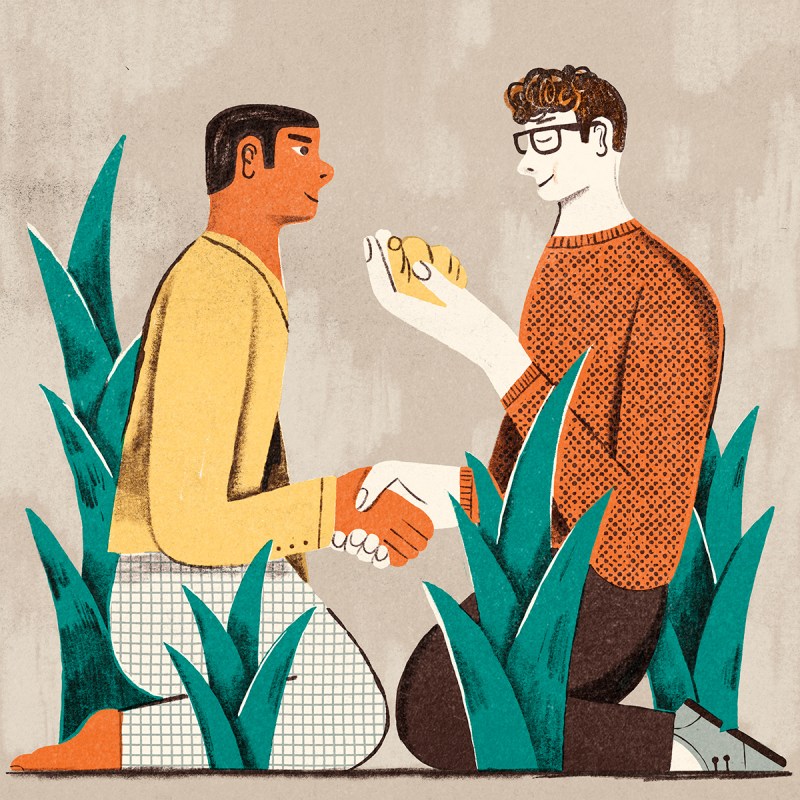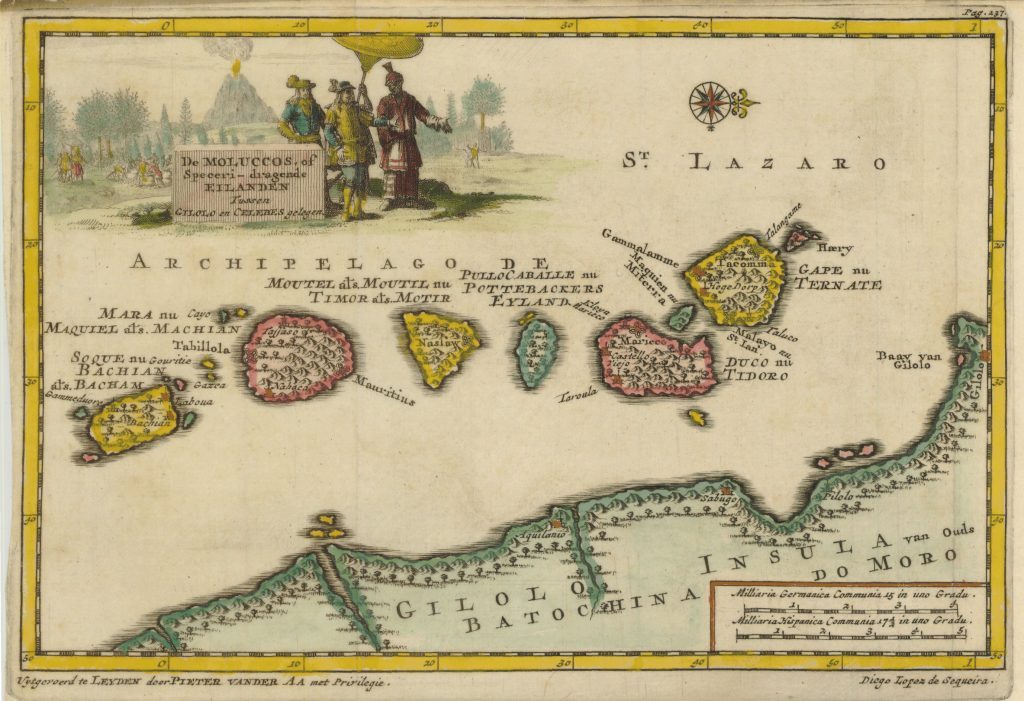Spices, which are now more affordable and widely available, were historically closely guarded and produced enormous wealth for those who controlled them. The spice trade originated around 4,000 years ago in the Middle East. By hiding the origins of their commodities, Arabic spice merchants created an air of mystery, and they ensured high pricing by telling incredible tales like fending off wild winged monsters to reach spices growing high on cliff sides. In the first century BC, the Roman Empire established a prominent commercial centre in Alexandria, Egypt, and for many years controlled all of the spices entering the Greco-Roman world. Another example of the historical value of now-common spices is the payment of Roman troops in salt, a practice that gave rise to the words “salary” and “worth his salt.”
Spices were used for more than just flavour. Many spices were thought to have medical benefit in the Middle Ages and early modern age. To begin with, they could be used to cleanse the body. Second,the notion that a healthy body requires a balance of its four essential parts, or humours, remained popular. As a result, a balanced diet is required to balance various humours, i.e., food should not be too hot or cold, dry or moist. Spices aided in the balancing of some dishes. Fish, for example, was a chilly and wet food, thus adding particular spices to fish recipes helped to balance these two traits. Countless organizations fought for control of the spice trade over the years that followed.
Venice eventually became the principal trade port for spices heading for western and northern Europe in the mid-13th century. When Christopher Columbus set out to visit India, he instead found America, and brought the fruits and vegetables he discovered back to Spain, including chiles (he termed them “peppers” to assuage his regret at not finding peppercorns, and the word “chili pepper” still exists today).
Spices’ value began to decline as they became more widely available. People had worked out how to transplant spice plants to various parts of the world, and wealthy monopolies began to disintegrate. Spices have lost the status and allure that once placed them alongside jewels and precious metals as the world’s most valuable items. Pepper and cinnamon are no longer luxuries for most of us. However, the fascinating history of spices, as well as the remarkable diversity of their unique flavors, colours, and aromas that made them so valued in the first place, remain. Spices are now available in almost every grocery store and the market is predicted to grow to $6.5 billion each year in the next decade.
But where did these popular spices come from?
Here is a taste:
• Black pepper is the world’s most traded spice and is primarily grown in south India. As of 2013, Vietnam was the top exporter of pepper, producing 34% of the crop.
• Paprika: Paprika is commonly linked with Hungarian cuisine, but it actually originated in central Mexico before being transported to Spain in the 16th century.
• Cinnamon is made from the inner bark of Cinnamomum trees, which are native to India, Sri Lanka, Bangladesh, and Myanmar.
• Cumin: India produces 70% of the world’s cumin while also using 90% of it. Syria, Iran, and Turkey are among the other suppliers.
• Nutmeg: Originally grown in Indonesia, nutmeg is now grown in India and a number of Caribbean countries, most notably Grenada.
• Turmeric: This is a spice that is commonly used in Indian, Bangladeshi, Indonesian, Iranian,and Pakistani cooking.




